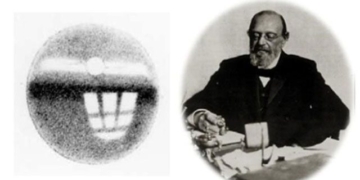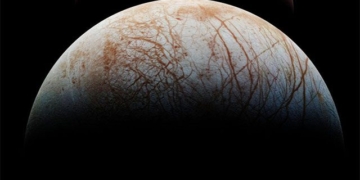Imagine a scenario where this happens to Earth; Americans would have to travel to Vietnam just to see the Sun.
In a report recently published in The Astrophysical Journal, scientists provide the clearest evidence to date of the possibility of a planet with two hemispheres locked in eternal light and darkness.
This phenomenon is termed “tidal synchronization”, also known as “1:1 tidal locking”. According to astronomers, many exoplanets (planets outside our Solar System) may be “stuck” in this way, including several that are thought to potentially support life.
“What was once a hypothesis is now more realistic than ever. It turns out this is the appearance of such planets,” said Nicolas Cowan, a co-author of the study and an astronomer at McGill University, Canada.
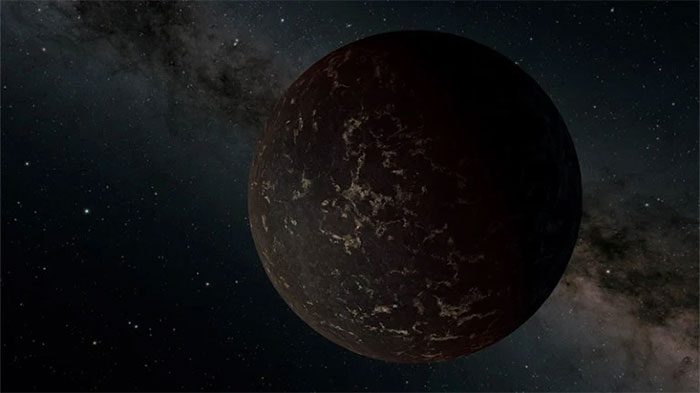
Illustration of the dark side of the planet LHS 3844b – (Image: NASA/JPL-Caltech/R. Hurt)
The Two Faces of a Planet
When a planet orbits very close to its central star, the side facing the star experiences much stronger gravitational forces than the other side. Over time, this imbalance causes the planet’s rotation on its axis to slow down until its orbit becomes fully synchronized. Scientists also refer to the force that generates this phenomenon as “tidal force.”
When synchronization occurs, the time it takes for a planet to complete one rotation on its axis equals the time it takes to complete its orbit around the central star. In fact, scientists believe that our Moon is affected by tidal forces from Earth, which is why the far side of the Moon never faces Earth.
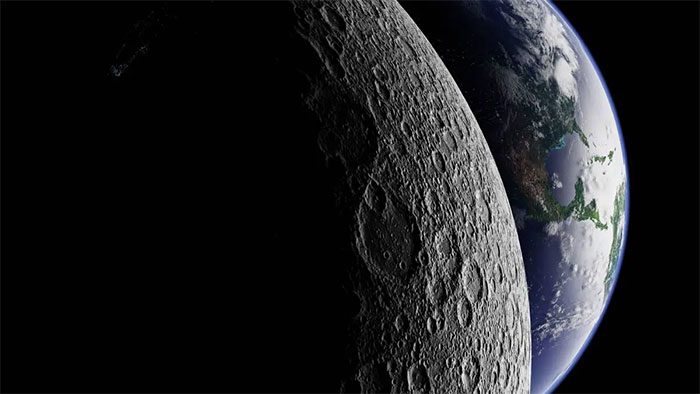
Most of us have never seen the “far side” of the Moon – (Image: Shutterstock).
In the long list of exoplanets, many are situated so close to their central star that scientists believe they are experiencing tidal locking. However, so far, we have not had any evidence to prove this. Modern instruments can easily observe a planet’s orbit around a star, but observing its axial rotation is much more challenging, especially when the atmosphere may obscure the planet’s surface.
To find evidence of tidal locking, researchers have focused their attention on planets very close to their central star. One such effort took place in 2019, when the Spitzer Space Telescope pointed at LHS 3844b – a super-Earth orbiting the red dwarf star LHS 3844, located 48.5 light-years away from us.
Researcher Cowan and his co-authors realized they could determine the surface temperature facing Earth of LHS 3844b, as this exoplanet has no atmosphere.
Planets that are not tidally locked will heat up due to the conflict between their ability to rotate on their axis and the tidal forces generated by the central star. The research team found that the surface of LHS 3844b is relatively cool, meeting one of the indicators of a tidally locked planet.
The Most Convincing Evidence Yet
“This is the clearest evidence we can obtain, based on the available information and the equipment we have,” said Emily Rauscher, a theoretical astrophysicist at the University of Michigan.
Another researcher disagrees with the claim that LHS 3844b has no atmosphere. Emily Whittaker cites a scientific report she co-published in 2022, indicating that LHS 3844b has a very thin atmosphere. However, Whittaker agrees that the evidence presented by Cowan and his team is highly convincing regarding the possibility of LHS 3844b being tidally locked.
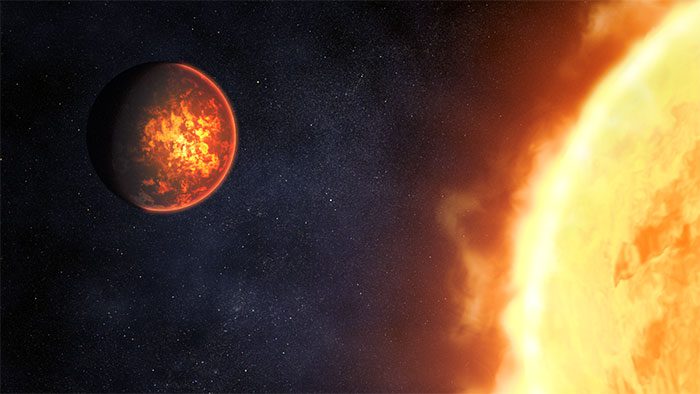
Planet LHS 3844b, nicknamed Kua’kua, and the star LHS 3844 – (Image: Space Telescope Science Institute).
According to researcher Cowan, future data from the James Webb Space Telescope (JWST) will soon provide more evidence that LHS 3844b has one hemisphere locked in darkness. JWST allows astronomers to study the axial rotation of a planet.
As for whether LHS 3844b could support life, researcher Cowan could not provide a definitive answer. He stated that such planets “lack tides, have no seasons, and do not have a day-night cycle,” making it unclear whether they could support the evolution of “diverse and complex life” like that on Earth.


















































